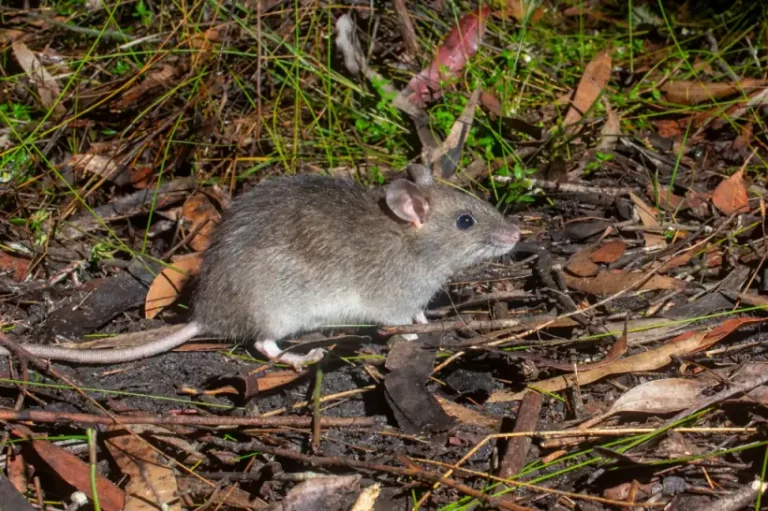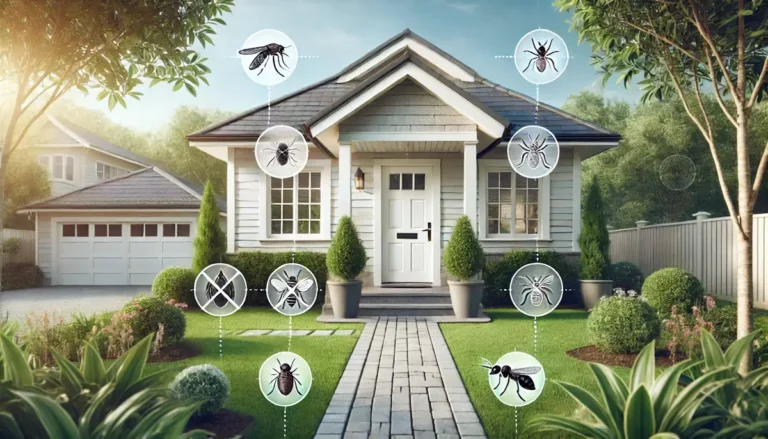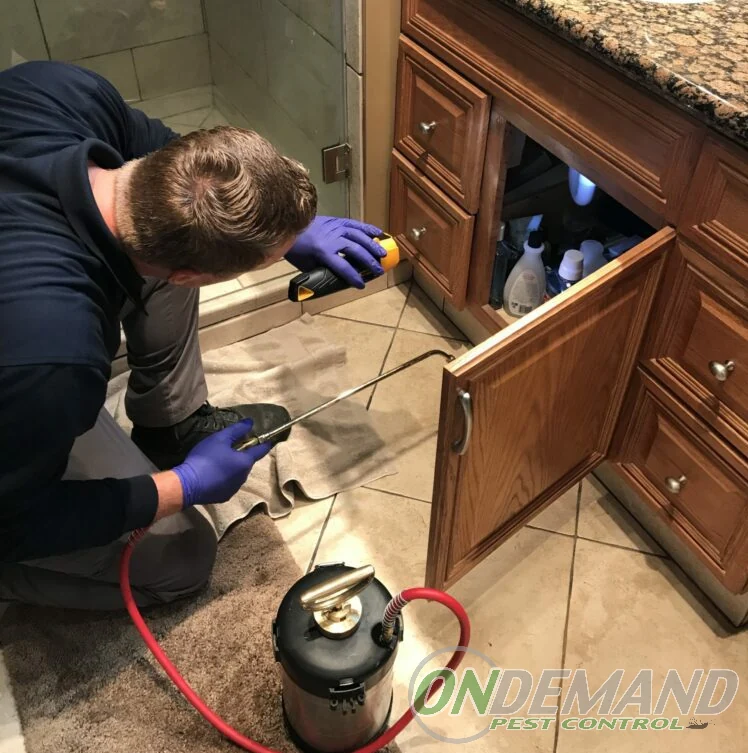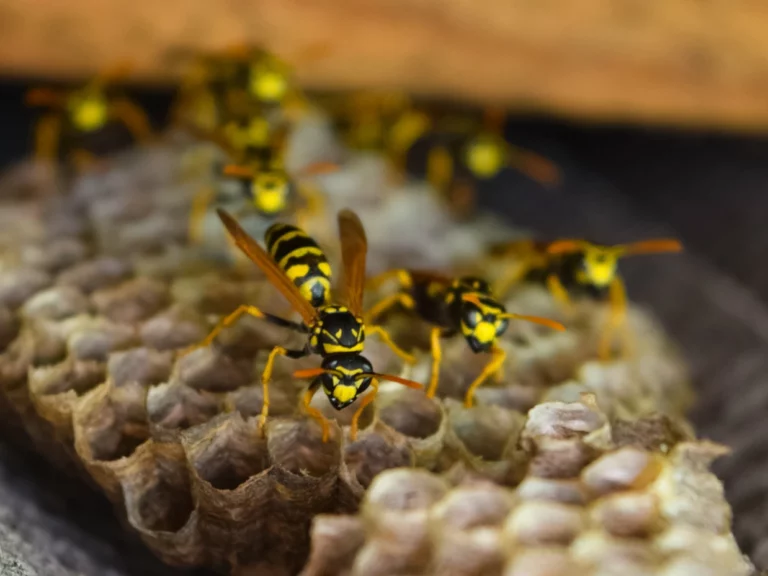Many places of the globe see carpenter ants on a regular basis. Carpenter ants may be mistaken for termites because of the damage they do to wood where they nest. Termites, on the other hand, consume wood, while carpenter ants build tunnels in wood to provide protection from the elements.
For their nesting grounds, carpenter ants of all kinds prefer rotting wood because it provides the ideal humidity and temperature conditions. Although carpenter ants do not consume wood, the damage they do may be significant if the nests stay active for a long period of time. A colony may grow into a network of smaller colonies that are located close to the parent colony. Extensive structural and woodwork damage is caused when workers dig wood for more room.
In the United States alone, there are 24 different species of carpenter ants. Because of this, identifying carpenter ants might be tricky. Carpenter ants have a wide range of sizes and colors, even within the same colony. Forager ants may vary in size from 3.4 to 13 mm, with colors ranging from black to red to brown to yellow to orange to red-and-black. Although carpenter ants are among the biggest ant species in the world, their size is not a good indicator of carpenter ant identification.
The flying male and female ants of the carpenter ant colony are commonly mistaken for termite swarmers during swarms. Elbowed antennae, pinched waist, and a front pair of wings longer than the rear pair are the most significant traits to look for when recognizing any winged ant. Termite swarmers feature long, straight antennae, a wide abdomen, and wings that are about the same length on both sides.
From eggs to pupae to adults, carpenter ants undergo a full metamorphosis: Six legs, a narrow waist, three different body sections, and a ring of hairs on the abdomen tip characterize the adult carpenter ant.
By following the ant’s own tracks, you may find a colony of carpenter ants. Infested areas should have clean and smooth cavities, as well as slit-like windows on the surface of the damaged wood. Small mounds of wood shavings may frequently be discovered underneath the apertures. After seeing a colony, it’s best to call a pest management specialist, since there may be more colonies in or around the house or structure.




